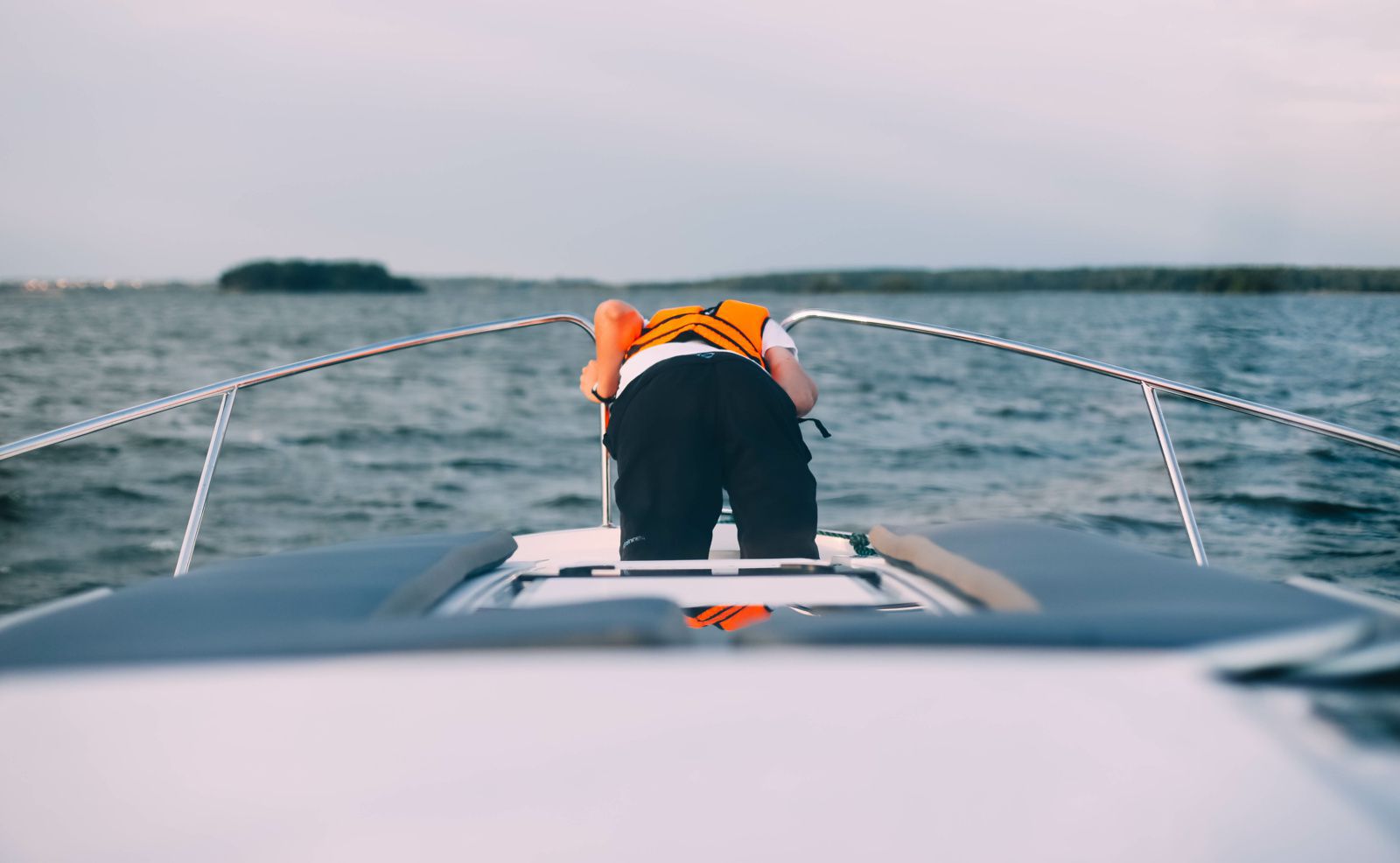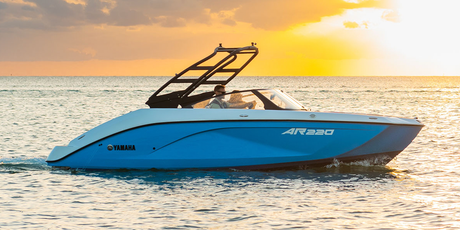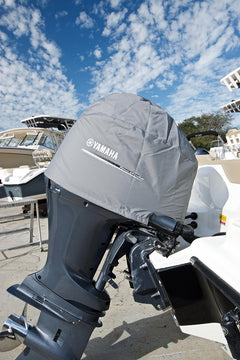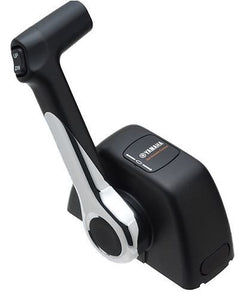
Embarking on a sea voyage is an exhilarating experience, yet for many, the threat of seasickness casts a shadow over their anticipated adventure. Seasickness, a type of motion sickness, arises when the brain receives conflicting signals from the body, eyes, and inner ears, often triggered by the rocking motion of a boat or ship. This challenge has plagued mariners and leisure cruisers alike for centuries, sometimes deterring even the most eager sea-goers.
Understanding the root causes and symptoms of seasickness is the first step to mastering it. With the right knowledge and preparation, it’s possible to minimize, or even avoid, the discomforts of this age-old ailment. Please note that while this guide offers general information, it is not a substitute for professional medical advice. Always consult a healthcare professional for personalized guidance.
This comprehensive guide aims to demystify seasickness and equip you with proven, practical strategies for both treatment and prevention. Below, we cover a range of approaches, from dietary tips and physical preparation techniques to onboard strategies and medical remedies. Our goal is to make your time at sea as comfortable and enjoyable as possible, free from the worries of seasickness. As we explore these strategies, remember that individual experiences may vary, and consulting with a medical professional is advisable for specific concerns. Let’s navigate through a deeper understanding and proactive management of seasickness, making your voyages memorable for all the right reasons.
What Causes Seasickness?
Seasickness is a complex condition influenced by many factors—some within our control, others not. At its core, it stems from sensory conflict.
Understanding the Root Causes
- Sensory Mismatch: The main cause of seasickness is the discord between what your eyes see and what your inner ears, which aid balance, perceive. While your inner ears sense the motion of the waves, your eyes may not match this movement, especially when inside a cabin or focusing on a stationary object.
- Vestibular System Sensitivity: Individual sensitivity levels in the vestibular system (part of the inner ear responsible for balance) can vary. Those with heightened sensitivity are more prone to seasickness.
- Psychological Factors: Stress and anxiety can increase the likelihood of seasickness. A past bad experience or fear of getting sick may make you more susceptible.
Common Symptoms to Watch Out For
Recognizing early signs of seasickness can help manage it effectively:
- Nausea and Vomiting: The most common symptoms, often worsening with continued motion.
- Dizziness: A sense of unsteadiness and imbalance.
- Headaches: Tension headaches may arise from sensory conflict.
- Fatigue: Feeling unusually tired or lethargic.
- Cold Sweats: A sudden onset of cold sweat is a classic symptom.
Understanding these causes and staying alert to the symptoms can help you take proactive steps to prevent or lessen the onset of seasickness, ensuring well-being during your sea journey.

Preparing for Your Journey
A sea voyage requires preparation beyond packing and planning. Preparing your body and mind is equally crucial for a smoother journey. Proper preparation can significantly reduce the risk of seasickness and ensure a more enjoyable experience on the water.
What Should You Eat Before Setting Sail?
Your dietary choices before setting sail can greatly affect your susceptibility to seasickness. Consider these guidelines:
- Light and Bland Foods: Opt for easily digestible meals, avoiding heavy, spicy, or fatty foods.
- Stay Hydrated: Drink plenty of water, but avoid excessive caffeine and alcohol, as they can dehydrate you and worsen seasickness symptoms.
- Ginger: Incorporate ginger into your diet for its anti-nausea properties. It can be consumed as tea, candies, or capsules.
Mental and Physical Preparation Techniques
Mental and physical readiness can also play a crucial role in preventing seasickness:
- Relaxation Techniques: Practice deep breathing or meditation to remain calm, reducing the onset of seasickness.
- Get Enough Rest: Being well-rested can decrease your susceptibility to motion sickness.
- Familiarize with the Environment: Spend time on boats before your journey to help your body adjust to the motion.
- Physical Exercises: Engage in balance and core-strengthening exercises, like yoga and tai chi.
Combining careful dietary choices with mental and physical preparedness sets the stage for a more comfortable sea journey, minimizing the risk of seasickness.
How to Avoid Seasickness While Onboard?
Managing your time and activities onboard can significantly influence your experience during a sea voyage. Adopting specific strategies can help you enjoy the journey with minimal discomfort.
What is Gaze Stabilization?
Gaze stabilization involves focusing on a fixed point to help the brain reconcile the difference between perceived motion and actual movement. This can be particularly effective for managing seasickness:
- Focus on the Horizon: Keeping your gaze on the distant horizon provides a stable reference point.
- Avoid Reading or Screen Time: Activities like reading or using a smartphone can worsen seasickness by promoting sensory mismatch.
Optimal Positions and Movement Strategies
Your location and movement on the ship can influence your experience:
- Stay Midship: The center of the ship has the least motion, making it a good place to be if you start feeling unwell.
- Stay on Deck: Fresh air and a view of the horizon can help. Avoid enclosed decks where movement is felt more intensely.
- Move Slowly and Carefully: Sudden movements can worsen seasickness. Move slowly and hold onto stable structures.
Breathing and Relaxation Methods
Incorporating breathing and relaxation techniques can help manage or prevent seasickness:
- Deep Breathing: Practice deep, controlled breaths to ease nausea and anxiety.
- Mindfulness and Meditation: These can help keep your mind calm and distract from discomfort.
By understanding gaze stabilization, choosing the best positions onboard, and using breathing techniques, you can reduce the effects of seasickness and enjoy your time on the water.
Choosing the Right Treatment
Choosing the proper treatment for seasickness is essential for a pleasant sea journey. Options range from over-the-counter medications to natural remedies, each with its own benefits.
Over-the-Counter vs. Prescription: Which is Better?
The choice between over-the-counter (OTC) and prescription medications depends on the severity of symptoms and your health history:
- OTC Medications:
- Common options include antihistamines like Dramamine and Bonine.
- Effective for mild to moderate seasickness.
- Prescription Medications:
- For severe symptoms, prescription options like scopolamine patches might be recommended.
- These can be more potent with longer-lasting effects.
Prescription medications should be used under professional guidance, especially for those with specific health conditions.
Exploring Natural Remedies
Natural remedies are an alternative for those seeking a holistic approach:
- Ginger: Consumed as capsules, tea, or candies for its anti-nausea benefits.
- Acupressure Wristbands: Pressure on specific wrist points can reduce nausea.
- Peppermint Tea: Often used to soothe the stomach.
- Adequate Hydration and Light Snacking: Staying hydrated and eating small snacks can keep nausea at bay.
Choose a treatment based on the severity of your symptoms, health conditions, and preference for natural or pharmaceutical options. Consulting a healthcare professional can provide tailored advice.
Lifestyle Adjustments for Long-Term Relief
Lifestyle adjustments can be key to achieving long-term relief from seasickness. Focus on hydration, diet, and physical fitness to better handle the motion of the sea.
The Effects of Proper Hydration
Staying hydrated is crucial for preventing seasickness. Dehydration can worsen symptoms, making you more prone to nausea and dizziness. Drinking water keeps your body in balance, especially when exposed to sun and wind. Avoid excessive caffeine and alcohol, which can cause dehydration.
Dietary Recommendations
Your diet can impact your vulnerability to seasickness:
- Eat Small, Frequent Meals: Large meals can strain digestion, so opt for smaller, more frequent ones.
- Focus on Simple, Bland Foods: Avoid spicy, fatty, or heavy foods.
- Incorporate Ginger: Consider adding ginger tea or supplements to your diet for nausea relief.
Balance Exercises and Physical Fitness
Improving your physical fitness, especially balance, can help prevent seasickness:
- Yoga: Regular practice strengthens core muscles, enhancing resilience to motion.
- Pilates: Focuses on core strength, flexibility, and balance.
- Balance Drills: Exercises like standing on one foot or using a balance board can improve motion handling.
By adopting these lifestyle adjustments, you can better prepare for sea travel and reduce the chances of severe seasickness.
When is it Time to Seek Medical Help?
Knowing when to seek medical help is critical. While most seasickness cases are mild, some symptoms warrant professional attention.
Identifying Serious Symptoms
Common seasickness symptoms include nausea, dizziness, and vomiting. However, some signs indicate a need for medical intervention:
- Persistent Vomiting: Continuous vomiting can lead to dehydration.
- Severe Dehydration: Symptoms include extreme thirst, dry mouth, or dizziness when standing.
- Intense Dizziness or Disorientation: Severe enough to impair functioning.
- Chest Pain or Shortness of Breath: Rare but could indicate more serious conditions.
Understanding Long-Term Risks
While seasickness is usually short-term, ignoring severe or prolonged symptoms can pose health risks:
- Chronic Dehydration: Persistent vomiting and low fluid intake can lead to chronic dehydration.
- Malnutrition: Inability to eat can result in malnutrition.
- Balance Issues: Long-term seasickness may lead to lasting balance problems.
Most seasickness cases can be managed with self-care, but knowing when to seek medical help is crucial.












